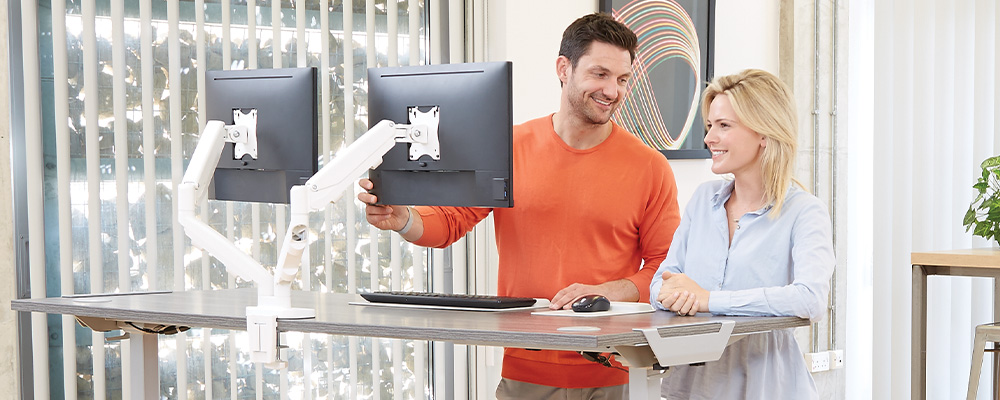Cognitive Ergonomics
Cognitive ergonomics helps to optimise systems and environments to reduce cognitive overload and make mental processes easier.
Mental processes studied in cognitive ergonomics include perception, memory, reasoning, and motor response. The aim is to reduce the cognitive effort needed to complete a task, reduce stress and promote concentration.
One example could be providing two monitor screens so that users can see all the information they need at once without needing to switch between windows on one screen.


Environmental ergonomics
Environmental ergonomics looks at temperature, lighting, noise, and other climatic conditions, and how these factors affect productivity and well-being.
One example could be making sure that the working environment has clean air, is well ventilated and that the temperature is comfortable.
Preventative ergonomics
Preventative ergonomics looks at anticipating and preventing potential ergonomic issues before they appear.
This is achieved by ensuring that work environments are designed for good ergonomics, regularly assessing workstations, and frequently communicating with people on the correct use of equipment and proper posture.